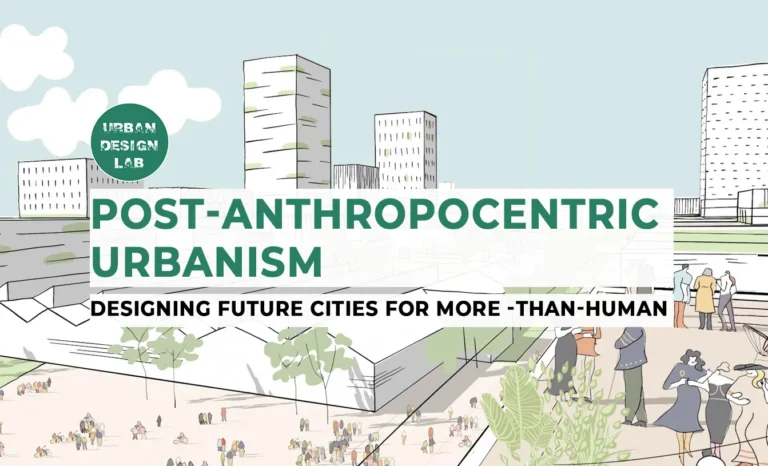
The value of urban rivers: European experiences and a South American perspective

Urban rivers and European cities
Most cities emerged on the banks of rivers, which reveals their historical relevance and importance for human settlements. Over time, rivers functioned as not only a source of water for the population and irrigated agriculture but also as a primary mode of communication between places, as routes for people to travel, and for commerce and transport of goods. However, urbanization has degraded rivers to the point that they no longer supply the benefits to society that allowed health settlements to grow. As a result, the restoration of urban rivers has gained popularity in recent years, partly due to a growing awareness of the interrelated advantages restored ecosystems can give to society (Everard and Moggridge, 2012).
River and lake restoration is a win-win scenario, as it improves flood management and ecological services while also providing recreational value and increasing urban quality of life. But many variables influence the interaction between rivers and cities, including economic changes, modes of communication and transportation, the direction of urban extension processes, urban policies and planning, and resident behavior. In the past, this connection was exposed to cyclical fluctuations between deterioration and degradation on the one hand, and revaluation and revitalization on the other, at least in European towns. In this sense, after a long period during the twentieth century in which rivers faded into obscurity, a revaluation/revitalization of river-city relations has been observed in recent years in almost all European cities that are located on the banks of rivers, converting decaying and degraded areas into highly attractive places and currently focused on urban development (Coy, 2013).

The return of fish has signaled cleaner waterways in many European capitals (e.g., Paris, London, Dublin, Stockholm, and Oslo), and it is now feasible to bathe in waters near the city center in several towns, such as the Harbour baths in Copenhagen or swimming in the River Isar in Munich. Waterways that are well-functioning and healthy also help cities reduce the effects of climate change. For example, in Europe, almost every capital city has at least one significant river running through it or is located on the coast of a lake (or the sea). Europe’s largest rivers are the Danube, Rhine, and Elbe, which pass through many cities on their major courses. In addition, European rivers also add value to tourism. Paris on the Seine, Rome on the Tiber, Bratislava, Budapest, Vienna on the Danube, Prague on the Vltava, and London on the Thames are just a few of Europe’s most popular tourist destinations constructed on and characterized by rivers (EEA, 2016).
Now the rivers are at the top of the EU’s policy agenda as they’ve never been before. The EU has set ambitious goals for 2030, including restoring at least 25,000 kilometers of free-flowing rivers, shifting 75 percent of inland freight now moved by road to inland waterways, and enhancing blue-green infrastructures as “no regret” climate adaption options (Interreg Europe, 2022).
The successful case of Paris
The Seine River in Paris has been damaged through time as a result of industrial pollution, which was dumped directly into the river without treatment for decades. This water resource was originally thought to be “dead” since no life could be found in its waters. This occurred because it was subjected to a great deal of pollution from the nearby industry at the start of the first Industrial Revolution. Since then, the Seine has been the subject of environmental concerns due to its poor status. However, until 1960, the French government began to invest in the area’s rehabilitation by constructing sewage treatment plants. This transformation in sanitation, which took place mostly from 1970 to the present, has resulted in a dramatic reduction in the discharge of pollutants into the Seine. This reduction in discharged flows allowed the Parisian Seine conurbation’s physicochemical quality to be restored and a major increase in its microbiological quality (Rocher and Azimi, 2017).
The number of fish species in the Seine has increased tenfold in the last 40 years. This is due in part to stricter European Union water quality regulations, as well as local measures to repair decades of environmental damage. Approximately 99 percent of the wastewater in the capital region is now treated. According to authorities, the Seine already falls below the safety alert thresholds for swimming on numerous days. Officials are working on boosting the efficiency of existing treatment plants. In addition, they have ramped up efforts to prevent boats from discharging their waste into the Seine to lessen the frequency with which the safety warning is triggered. Authorities are also building a stormwater holding tank that will contain over 12 million gallons of water and reduce contaminated runoff. Officials in France claim that their ultimate objective is to make the Seine swimmable for all European Union citizens. And also, with great optimism, French officials hope that the Seine will be clean enough for swimmers by the 2024 Olympics in Paris (Noack, 2021).
Thames River, London
The Thames is over 330 kilometers long, with a long history of pollution. Because of England’s lack of basic hygiene, the waters were no longer considered drinkable in 1610. Ironically, the Thames River, which was heavily polluted, was also the city’s primary source of drinking water. As a result, in 1832, a cholera outbreak lasted 22 years. As a result of the pandemic, 35,000 individuals died. However, only in 1857 did information regarding the state of the Thames River reach Parliament. With the cholera outbreak, Parliament was obliged to pass a statute governing the cleaning of the Thames River. However, new regeneration efforts were only implemented between the decades 1960 and 1980. Today, the Thames is regarded as one of the world’s cleanest rivers. It not only works as a tourist attraction but also as a home for 125 fish species and 400 invertebrate species that live in the surrounding areas (Bahagijo, 2019).
Other realities: Latin America’s water resources and access
Latin America is the world’s richest region in freshwater. The Amazon, Paraná, Orinoco, and Magdalena are four of the world’s greatest rivers, and it also has some of the world’s largest lakes, including Maracaibo in Venezuela, Titicaca in Peru and Bolivia, Poopo in Bolivia, and Buenos Aires lake, which is shared by Chile and Argentina. The Amazon Basin alone accounts for 20% of worldwide runoff, the renewable water source that makes up our freshwater supply. With one-fifth of the world’s water resources, a highlight for Brazil has more water than any other country. However, geography, pollution, and social inequality severely distort Latin Americans’ access to water, and only a tiny percentage of the population consumes anything close to their entire personal allocation (Barlow and Clarke, 2007).
Water resources in Latin America have been severely impacted by poor farming techniques and unregulated industry, especially close to dense populations megacities where depleting and poisoning water resources are more noticeable (Barlow and Clarke, 2007). Other aggravating factors for access to water resources are climate changes, accompanied by the fall in river levels due to reduced rainfall, deforestation, and advance in agriculture.
From an urbanistic standpoint, the relationship between river and city is primarily determined by the functions that riverbanks can play in the context of the urban environment and how they integrate into the day-to-day existence of a city. Despite the adversities in rivers in Latin America, the rivers are still resources that can offer a more sustainable form of transport and new dialogues between regions, especially in South America – where this type of connection is required.
In Brazil, river abandonment is a reality. The hydrography of Brazil is rarely associated with parks, green areas, or public spaces for recreation and socializing. The rivers are subject to exclusion, pollution, and irregular housing when they are not channeled. Reintegrating urban rivers into the landscape and providing an inclusive human relationship with water are major challenges. Urban rivers offer a lot of landscape potential and may benefit communities that go beyond aesthetics. Moreover, rivers in cities may either be an issue or a landscaping solution. It is possible to look at a new horizon and therefore create a manner through which water reconnects with humans and develops a harmonious connection with the city by treating rivers as part of green infrastructure (Morsch, Mascaró and Pandolfo, 2017).
The city of São Paulo and its rivers
In 2014, the city of São Paulo in Brazil (and its metropolitan area) experienced a severe crisis in the water supply. Even with a rich hydrographic network composed mainly of three voluminous rivers – Tietê, Pinheiros, and Tamanduateí Rivers – the city succumbed to a lack of water. The explanation for this is simple: these rivers are degraded and, over time, have been transformed into sanitary sewage channels and garbage disposal (Gouveia, 2016).
Tietê River
The Tietê River in São Paulo is one of the world’s most polluted rivers. It gets over 400 tons of sewage each day as it runs through the metropolitan district of São Paulo and is considered dead: only species that do not require oxygen, such as some types of bacteria and fungus, live in its bed (Bueno and Henkes, 2016).

Going in the opposite direction to the renaturation of river systems and the re-establishment of the natural hydrological cycle, the principles of channeling and rectifying the flow of rainwater guided and still guide urban drainage projects in Brazil. And in most Brazilian cities, these practices related to the intention of “accelerating the flow” found support in the logic of space appropriation by real estate speculation and the option for urban road transport (Gouveia, 2016).
Using the River Thames as an example of depollution (already mentioned in this article) – which was considered Europe’s dirtiest river – the situation in São Paulo’s Rivers is more problematic since it gets more sewage and has a lower flow rate than the Thames, making diluting the dirt more difficult. The amount of pollution dumped in the Tietê River is absurd. According to the Basic Sanitation Company of the State of São Paulo (SABESP), the Tietê River and its tributaries get around 35 thousand gallons of sewage per second. In just 24 hours, the volume discharged has surpassed 3 billion liters, excluding debris tossed into the river before it reaches the city and garbage dumped directly into its waters (Bueno and Henkes, 2016).
Tamanduateí River
The Tamanduateí River’s course had an original twisting route that has varied throughout time. As São Paulo developed and became more urbanized, people began to perceive Tamanduateí as a problem. The notion of utilizing this region for buildings and street crossings developed since the river was highly twisting and took up too much land. Since 1950 the Tamanduateí River, which ran through the city, started to be redirected to an artificial route. The detours made in the 19th and 20th centuries created a straight course for the watercourse, mischaracterizing it as part of the city (Mancuso, 2017).
The river fights back despite being controlled and extensively polluted by human activity. When it’s raining and the river is racing to find the Tietê, it is ruthless. It fills up and invades the closer avenue (Avenida do Estado), which runs beside it since there is nowhere else to go. Most of these streams have been diverted and changed into sewage collecting channels, with the river itself being the largest open-air sewage channel in São Paulo’s ABC region (Oliveira, 2014).
Pinheiros River
A different perspective is seen in the Pinheiros River despite these degradation scenarios. The government of São Paulo has proposed a project to entirely clean up the Pinheiros River to correct the detrimental repercussions that have occurred in recent years. Until the beginning of the twentieth century, this river was perfect for bathing and swimming. However, its waterways were poisoned in the subsequent decades, particularly from the 1950s onwards, by illegal sewage networks, irregular trash, and insufficient rubbish disposal. The new initiative, dubbed “Novo Rio Pinheiros,” began in October 2019 and is anticipated to raise over R$3 billion in public and private investments (Correa-Petropouleas, 2021).
The depollution process is based on a series of works and initiatives to improve sewage treatment for the entire basin’s population, remove waste and sediments from the river’s natural channel, and treat the banks, encouraging comprehensive water purification. According to the city hall plans, all cleaning will be finished by the end of 2022, leaving the watercourse odor-free, with recreational areas and stimulating the restoration of aquatic life to the waters. The depollution of the Pinheiros River reaffirms the concept that, even in the face of rapid urbanization, it is possible to preserve a balance with natural resources (Nery, 2021).
Pop-ups have grown more popular in many cities, typically as a result of local individuals banding together to better their areas or change underutilized places. Although officially sanctioned, public pop-up spaces can also be found in cities worldwide (Scruggs, 2018). Actions like these, which are also examples of applications of the Tactical Urbanism tool, include the implementation of prototypes of temporary interventions in cities that can contribute to their replication in other places, making these urban planning actions in a network (Sansão-Fontes et al., 2020).
Pollution has decreased by half in the previous two years, and schools of fish have been spotted in the Pinheiros River. However, there is still a great deal of cleanup to be done. Over 550,000 households that dumped trash directly into rivers have been linked to the sewage treatment network since 2020. This demonstrates that the river’s restoration initiative is linked to basic sanitation measures, focusing long-term on the environment and the citizens (Bandeirantes, 2022).
Residents of São Paulo are expected to move closer to the river since it has the purest water and no unpleasant odor. The project’s infrastructure includes the renovation of bike paths and the construction of a park along its banks, in addition to a food court, a floating walkway under the water, and a pier similar to the noble region of Puerto Madero, in Buenos Aires (Correa-Petropouleas, 2021).
A landscape recovery program for the environment and urban water goes beyond aesthetics. It promotes socio-environmental sustainability through open spaces and turns public areas into places that increase the quality of life. The human and ecological elements collide in this situation. Even though most urban rivers in Brazil are now abandoned, there are some examples of cities returning to their roots, renaturalizing rivers, and restoring their significance. After falling into disuse, rivers and their environs are revitalized, reshaping their relationships with the city and transforming blighted regions into desirable locations for urban development. According to the logic of sustainability, rivers may either be a problem or a solution for the city. It is possible to look at a new horizon and therefore creates a manner through which water reconnects with man and develops a harmonious connection with the city by treating rivers as part of green infrastructure (Morsch, Mascaró, and Pandolfo, 2017).
References
Bahagijo, M. (2019) ‘Thames River: Once was The Cause of Cholera Outbreak and Filled with Sewage, Now Nominated as One of The World’s Cleanest River’, Waste 4 Change, January. Available at: https://waste4change.com/blog/thames-river-once-was-the-cause-of-cholera-outbreak-and-filled-with-sewage-now-nominated-as-one-of-the-worlds-cleanest-river/ (Accessed: 28 April 2022).
Bandeirantes (2022) ‘São Paulo: projeto para despoluir o Rio Pinheiros chega à fase final’, Bandeirantes, March. Available at: https://www.band.uol.com.br/noticias/sao-paulo-projeto-para-despoluir-o-rio-pinheiros-chega-a-fase-final-16501978 (Accessed: 30 April 2022).
Barlow, M. and Clarke, T. (2007) ‘The Struggle for Latin America’s Water’, Nacla, September. Available at: https://nacla.org/article/struggle-latin-america%27s-water#:~:text=Latin America is blessed with,off of the other 21 (Accessed: 25 April 2022).
Bueno, M. G. and Henkes, J. A. (2016) ‘REVITALIZAÇÃO DO RIO TIETÊ: UMA OPÇÃO VIÁVEL’, Revista Gestão & Sustentabilidade Ambiental, 5(1), p. 516. doi: 10.19177/rgsa.v5e12016516-534 (Accessed: 29 April 2022).
Correa-Petropouleas, S. (2021) ‘Animais no Pinheiros: despoluição e transparência ainda são desafios para recuperação do rio’, Jornal do Campus, August. Available at: http://www.jornaldocampus.usp.br/index.php/2021/08/um-rio-limpo-ao-lado-do-campus/ (Accessed: 30 April 2022).
Coy, M. (2013) ‘A interação rio-cidade e a revitalização urbana: experiências europeias e perspectivas para a América Latina’, Confins, (18). doi: 10.4000/confins.8384 (Accessed: 25 April 2022).
EEA (2016) Rivers and Lakes in European Cities: Past and Future Challenges. Copenhagen. Available at: https://www.ecologic.eu/14170 (Accessed: 26 April 2022).
Everard, M. and Moggridge, H. L. (2012) ‘Rediscovering the value of urban rivers’, Urban Ecosystems, 15(2), pp. 293–314. doi: 10.1007/s11252-011-0174-7 (Accessed: 30 April 2022).
Gouveia, I. C. M.-C. (2016) ‘A cidade de São Paulo e seus rios: uma história repleta de paradoxos’, Confins, (27). doi: 10.4000/confins.10884 (Accessed: 30 April 2022).
Interreg Europe (2022) Daylighting rivers. Available at: https://www.interregeurope.eu/find-policy-solutions/stories/daylighting-rivers (Accessed: 25 April 2022).
Mancuso, F. (2017) ‘Rio Tamanduateí perde curvas com canalização ao longo dos anos’, GLobo G1, March. Available at: https://g1.globo.com/sao-paulo/rios-de-sao-paulo/noticia/rio-tamanduatei-perde-curvas-com-canalizacao-ao-longo-dos-anos-veja-mapas.ghtml (Accessed: 30 April 2022).
Morsch, M. R. S., Mascaró, J. J. and Pandolfo, A. (2017) ‘Sustentabilidade urbana: recuperação dos rios como um dos princípios da infraestrutura verde’, Ambiente Construído, 17(4), pp. 305–321. doi: 10.1590/s1678-86212017000400199 (Accessed: 30 April 2022).
Nery, I. (2021) ‘Conheça o processo de despoluição do Rio Pinheiros’, Limpa Brasil, June. Available at: https://www.limpabrasil.org/2021/06/23/conheca-o-processo-de-despoluicao-do-rio-pinheiros/ (Accessed: 30 April 2022).
Noack, R. (2021) ‘Paris wants to make the Seine swimmable for the Olympics and the public’, Whasingthon Post. Available at: https://www.washingtonpost.com/world/2021/12/29/seine-paris-olympics/ (Accessed: 27 April 2022).
Oliveira, A. de (2014) ‘O Rio de Muitas Voltas – Um Breve Histórico do Tamanduateí’, São Paulo in Foco, June. Available at: http://www.saopauloinfoco.com.br/rio-tamanduatei/.
Rocher, V. and Azimi, S. (2017) Evolution de la qualité de la Seine en lien avec les progrès de l’assainissement. Available at: https://www.editions-johanet.net/fichiers/numerique/version_num/303_evolution-de-qualite-de-seine.pdf (Accessed: 30 April 2022).
Tiffany Nicoli is a researcher and holds a Master’s in Architecture and Urban Planning at the Federal University of Viçosa, Brazil. She is enthusiastic about active urban mobility and passionate about urban design. She feels that social exchanges inspire her to think about possible and more human cities. She enjoys walking and cycling and is always excited to study and discover new cities.
Conclusion
References
About the author
Related articles
UDL GIS
Masterclass
Gis Made Easy- Learn to Map, Analyse and Transform Urban Futures
Session Dates
15th-19th December 2025

Urban Design Lab
Be the part of our Network
Stay updated on workshops, design tools, and calls for collaboration
Curating the best graduate thesis project globally!

Free E-Book
From thesis to Portfolio
A Guide to Convert Academic Work into a Professional Portfolio”
Recent Posts
- Article Posted:
- Article Posted:
- Article Posted:
- Article Posted:
- Article Posted:
- Article Posted:
- Article Posted:
- Article Posted:
- Article Posted:
- Article Posted:
- Article Posted:
- Article Posted:
- Article Posted:
Sign up for our Newsletter
“Let’s explore the new avenues of Urban environment together “













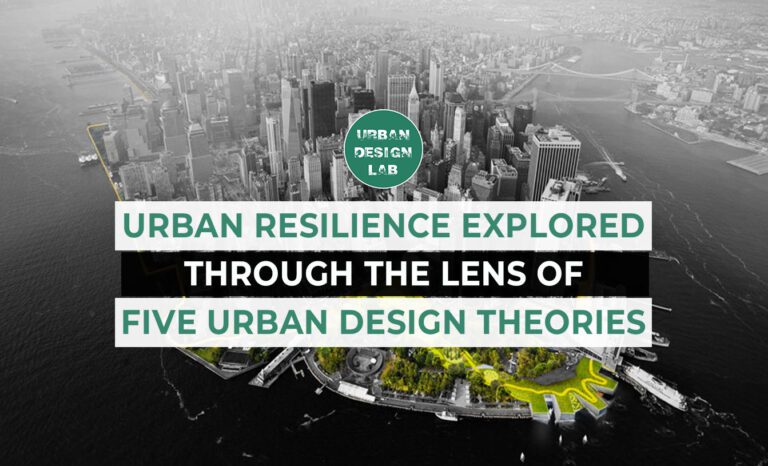
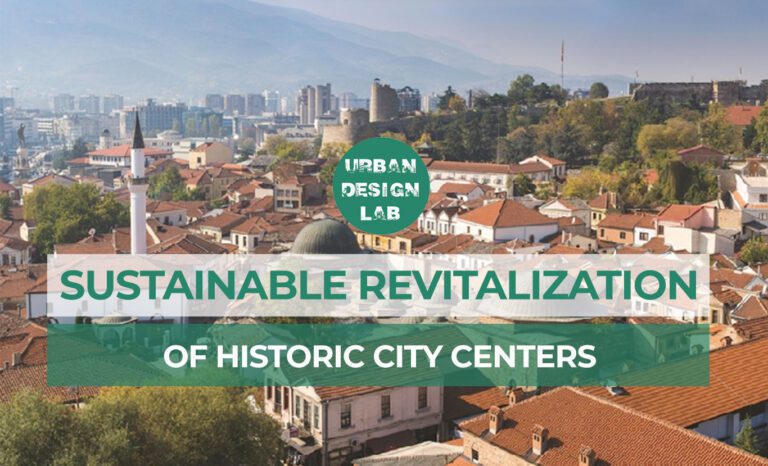
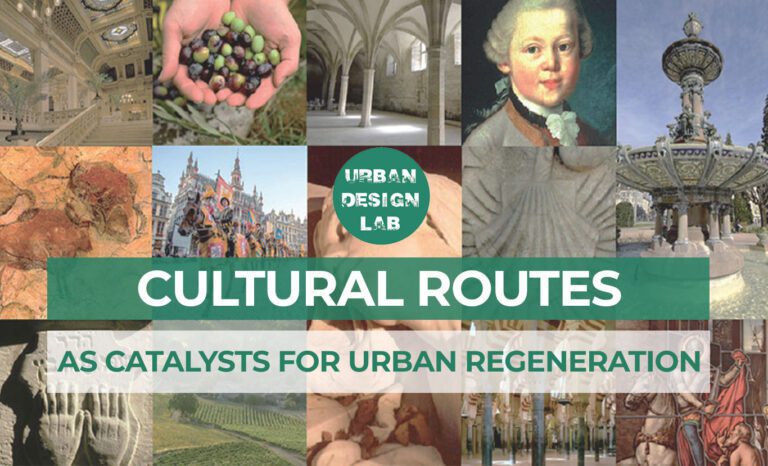

























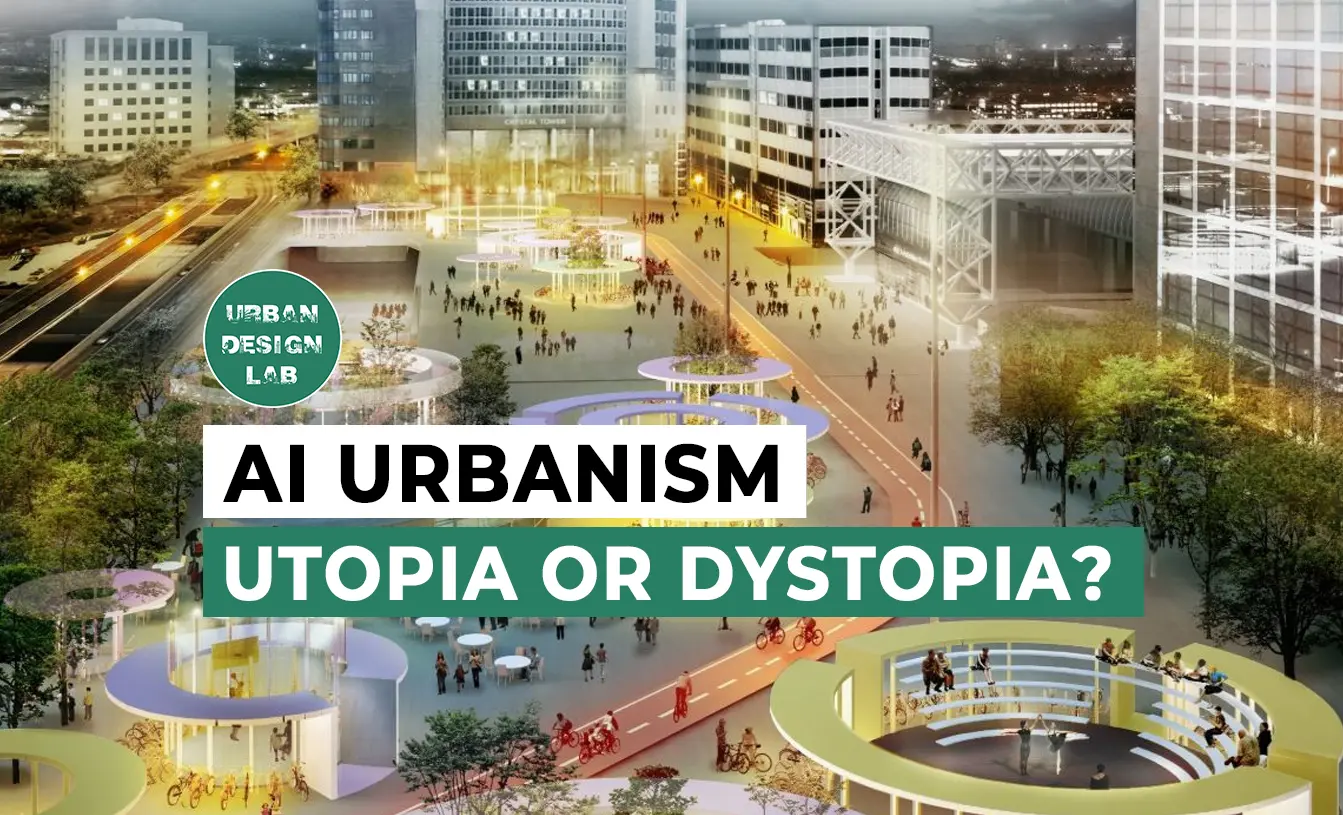
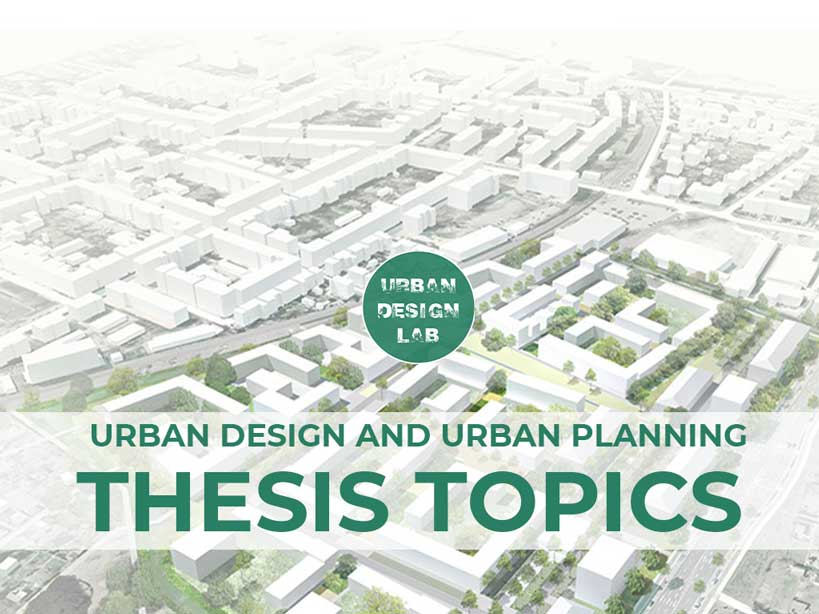

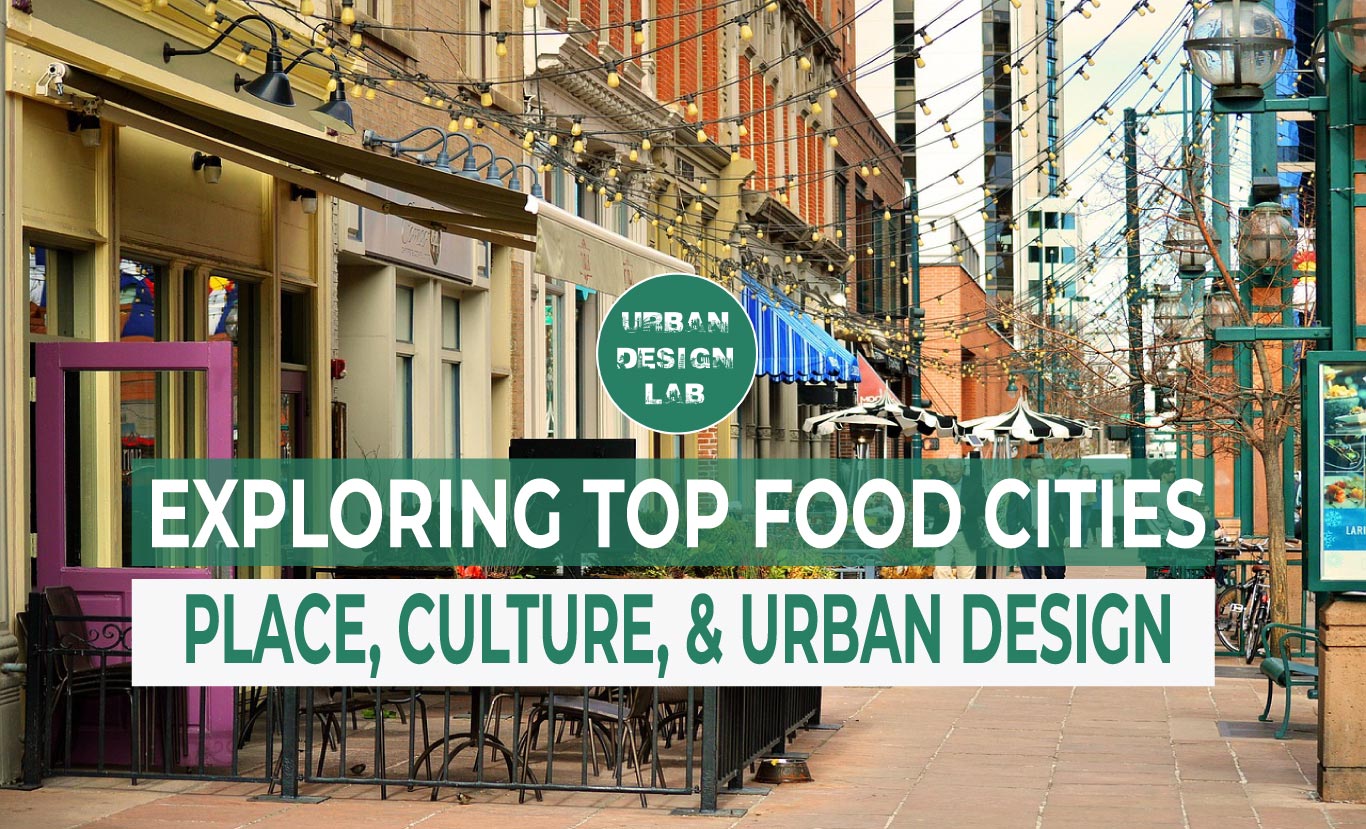
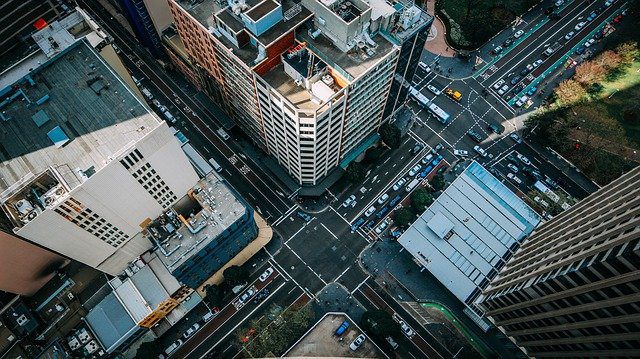

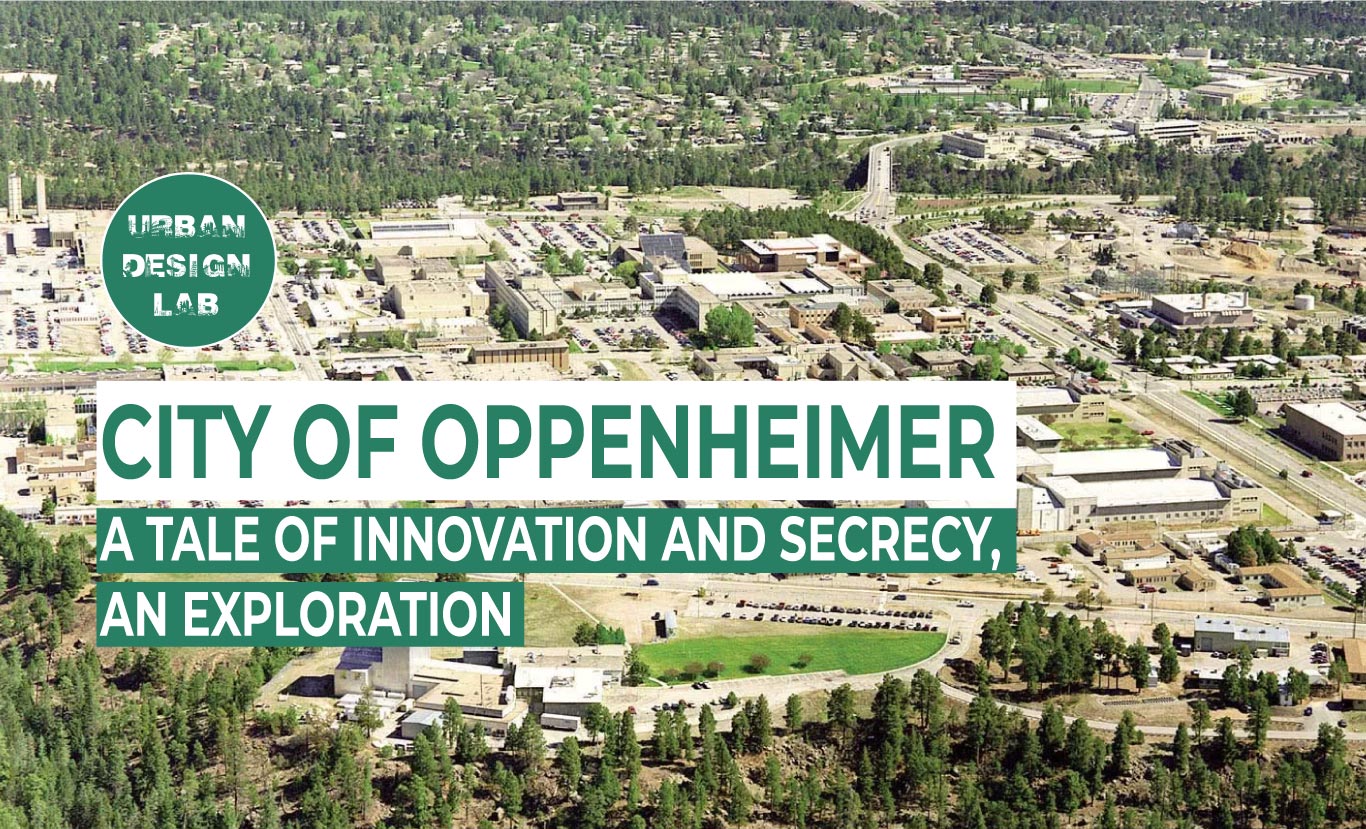
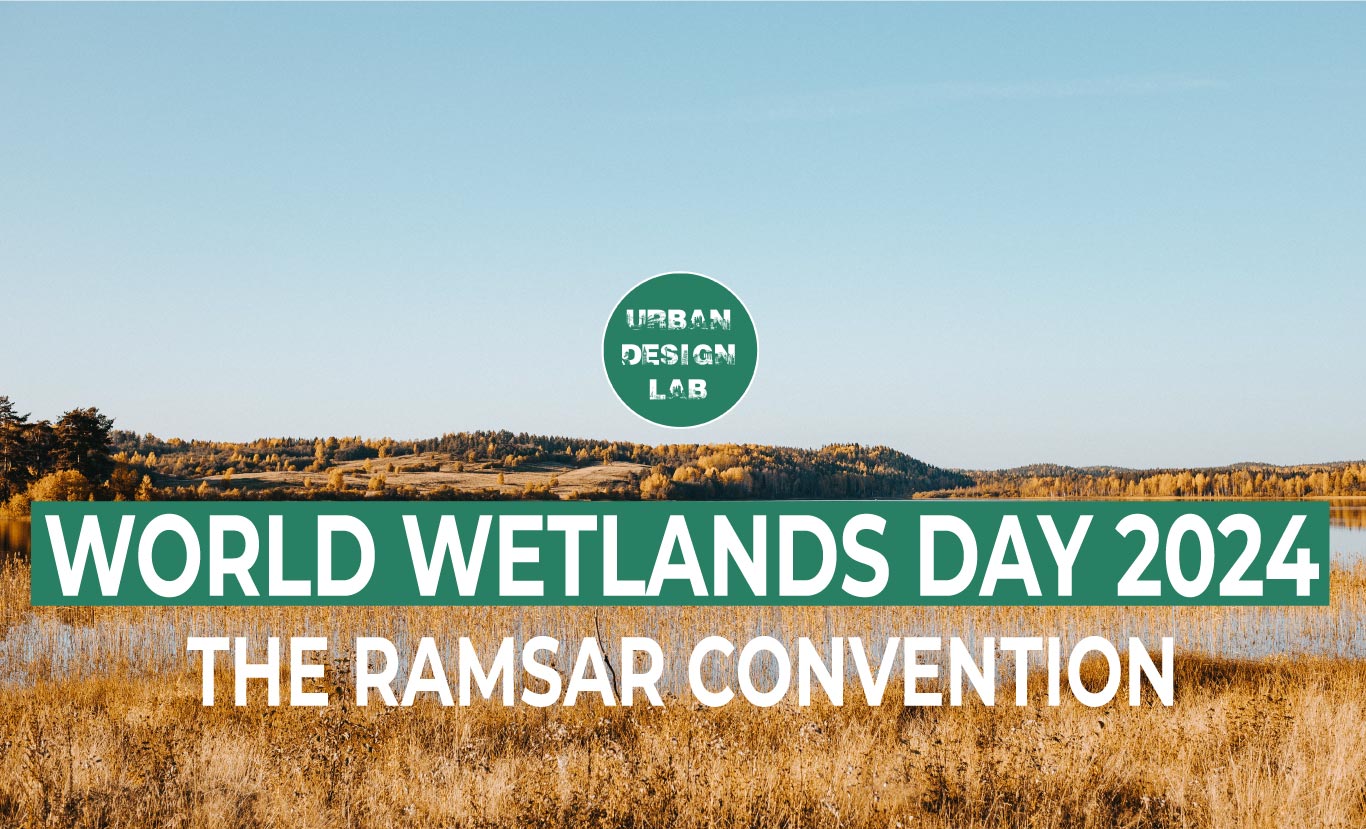

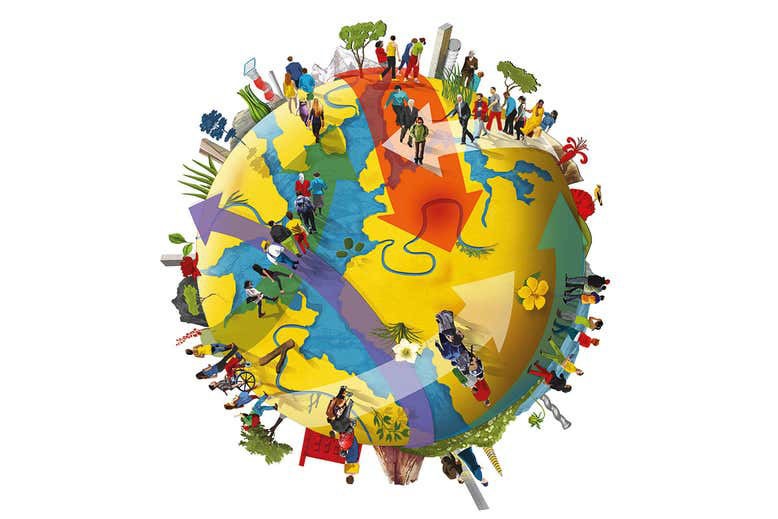
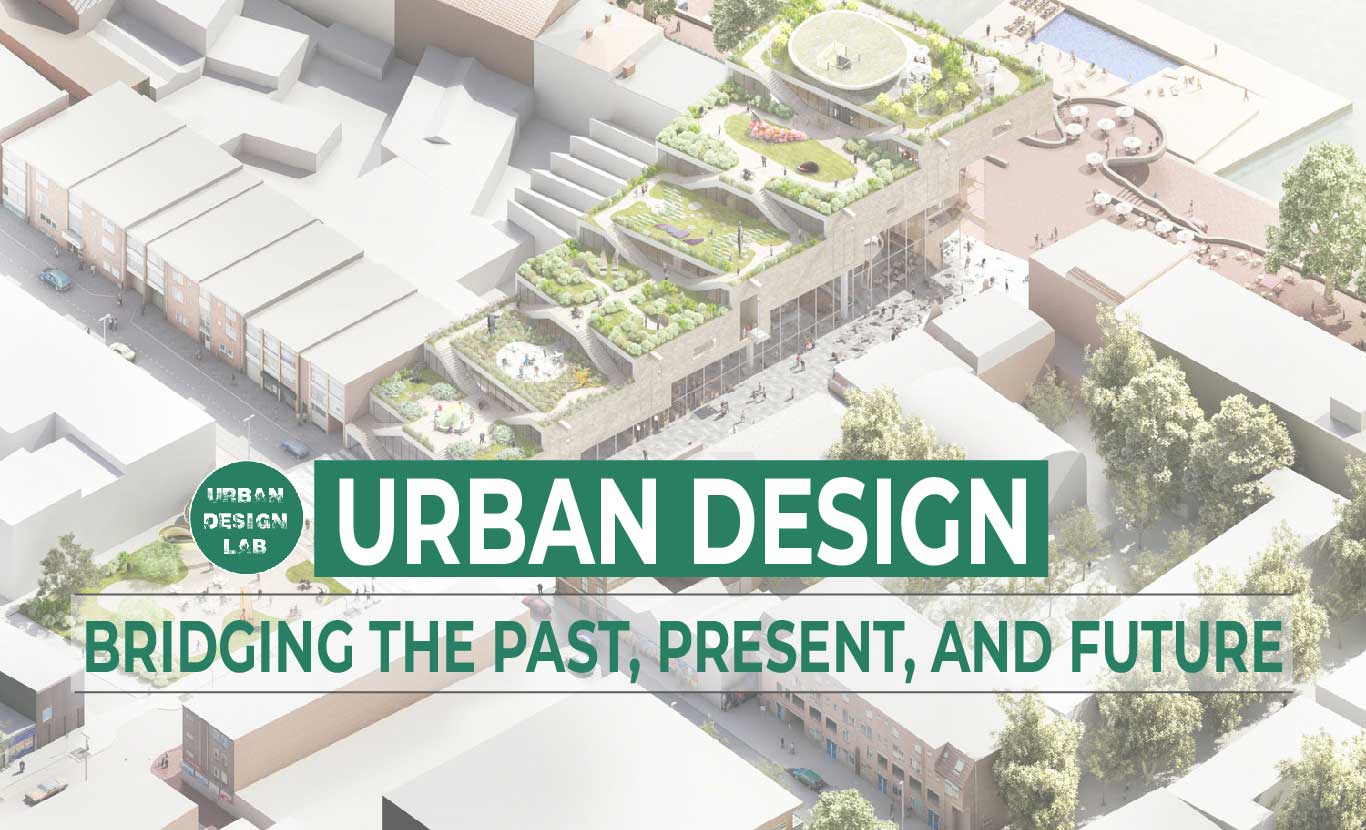
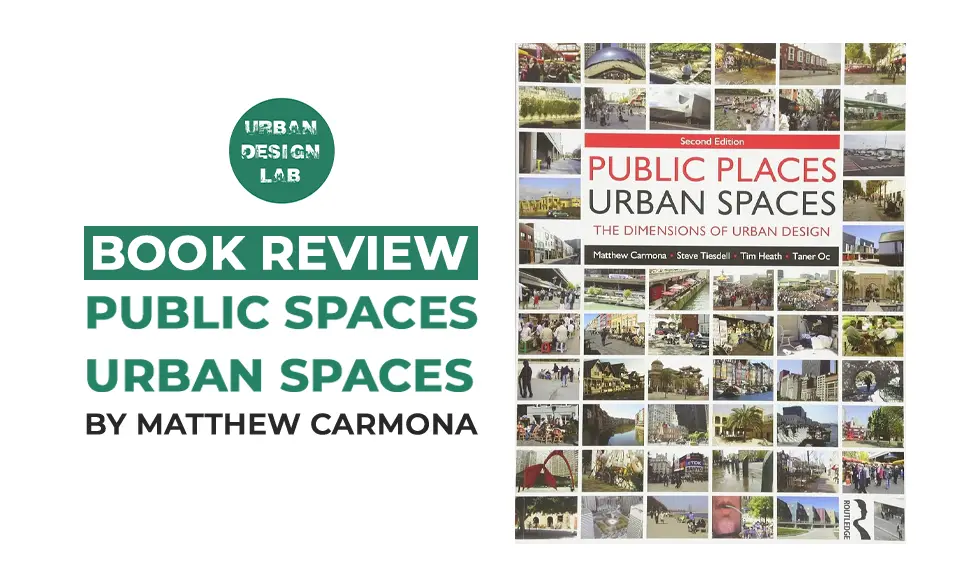
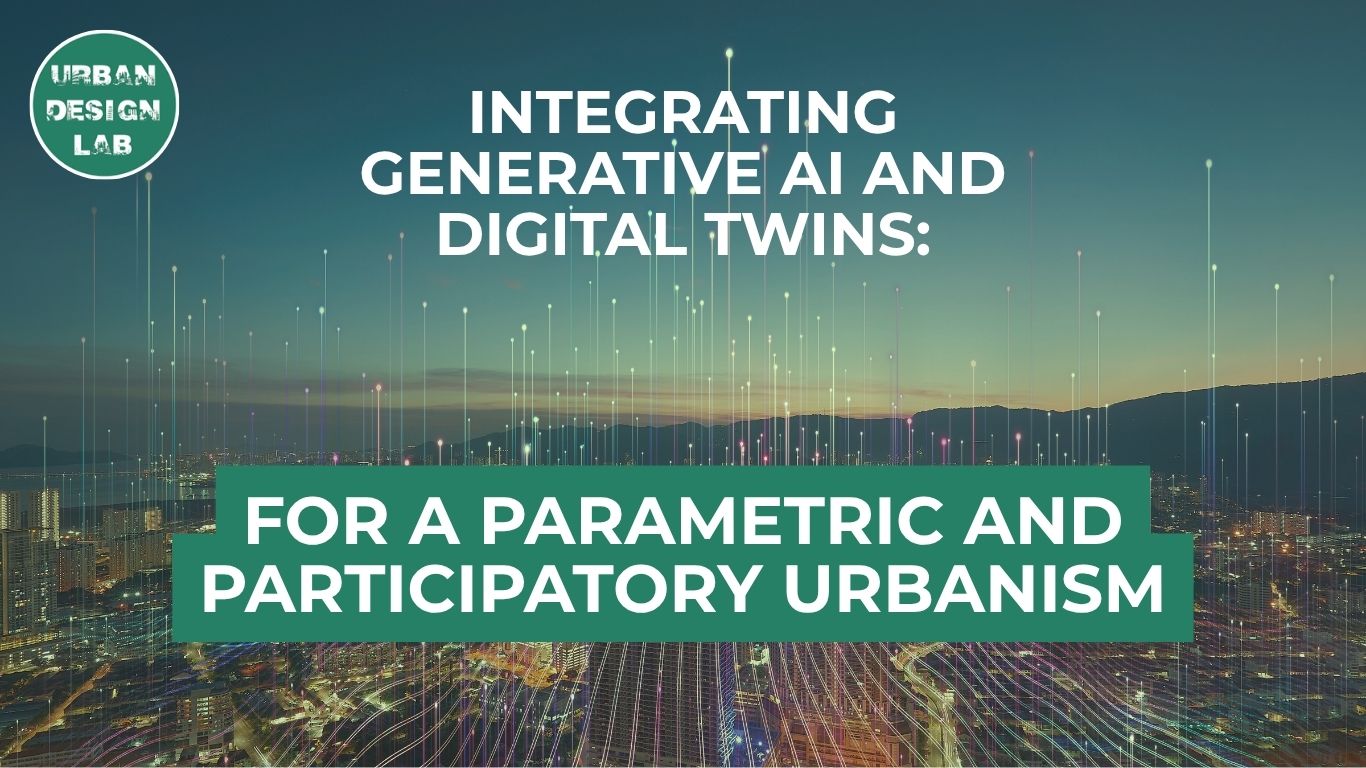
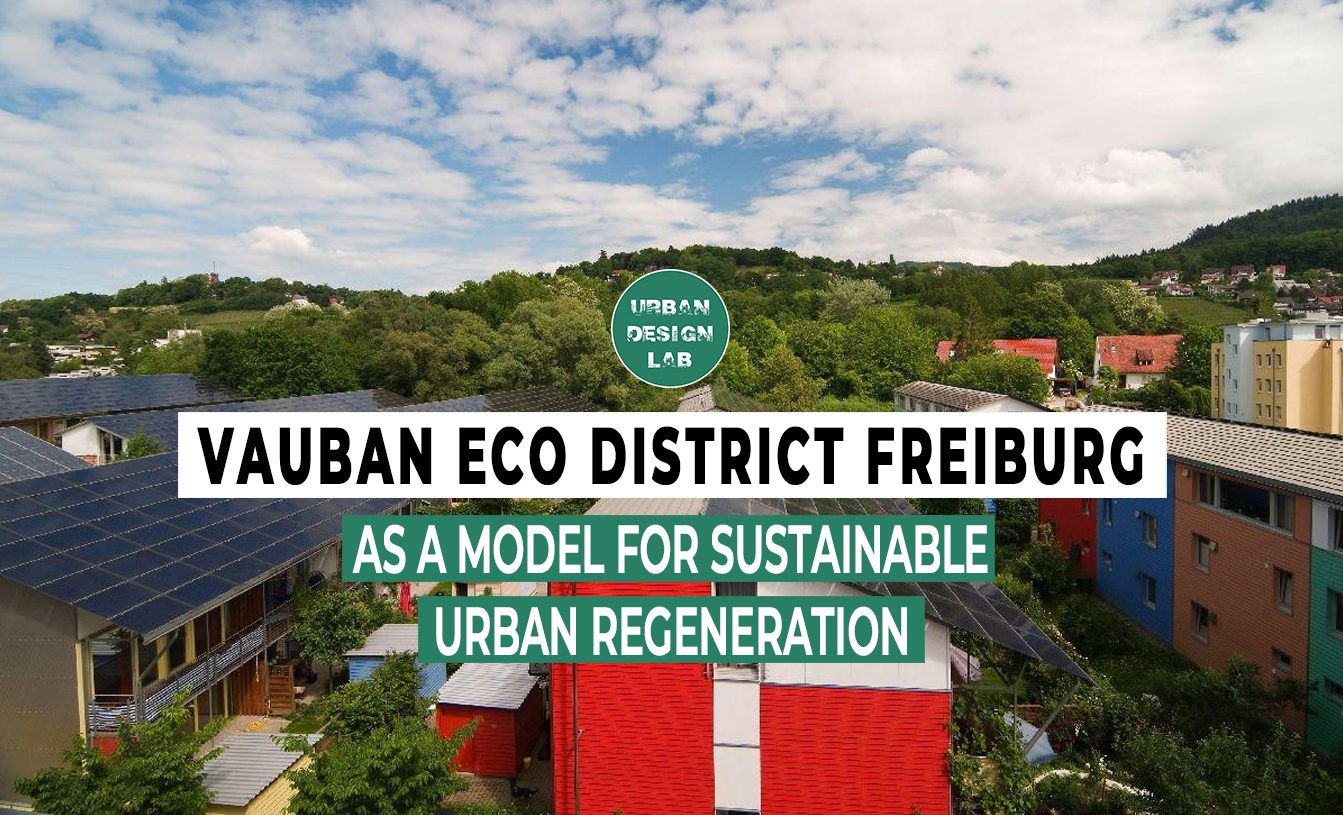
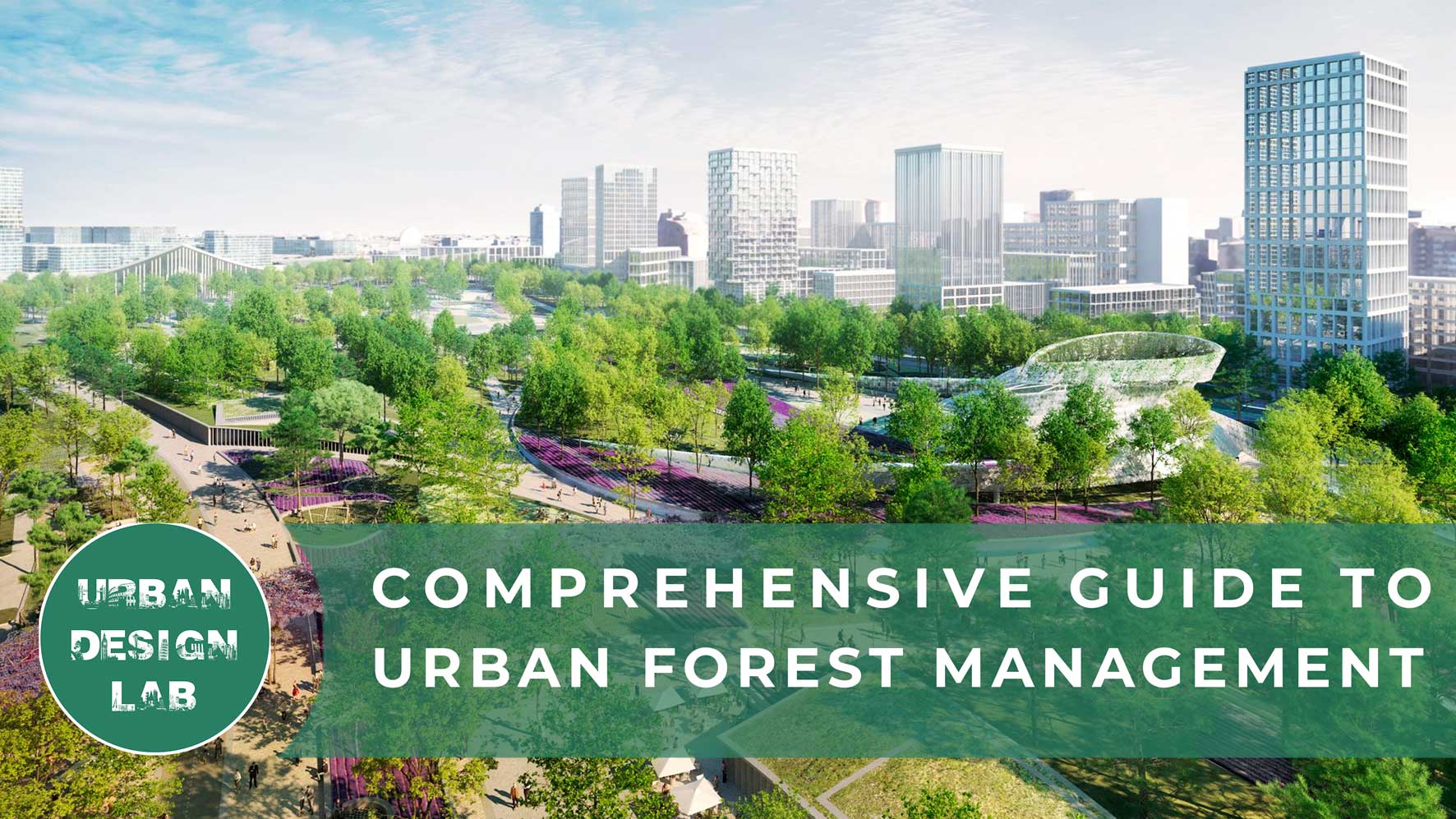


2 Comments